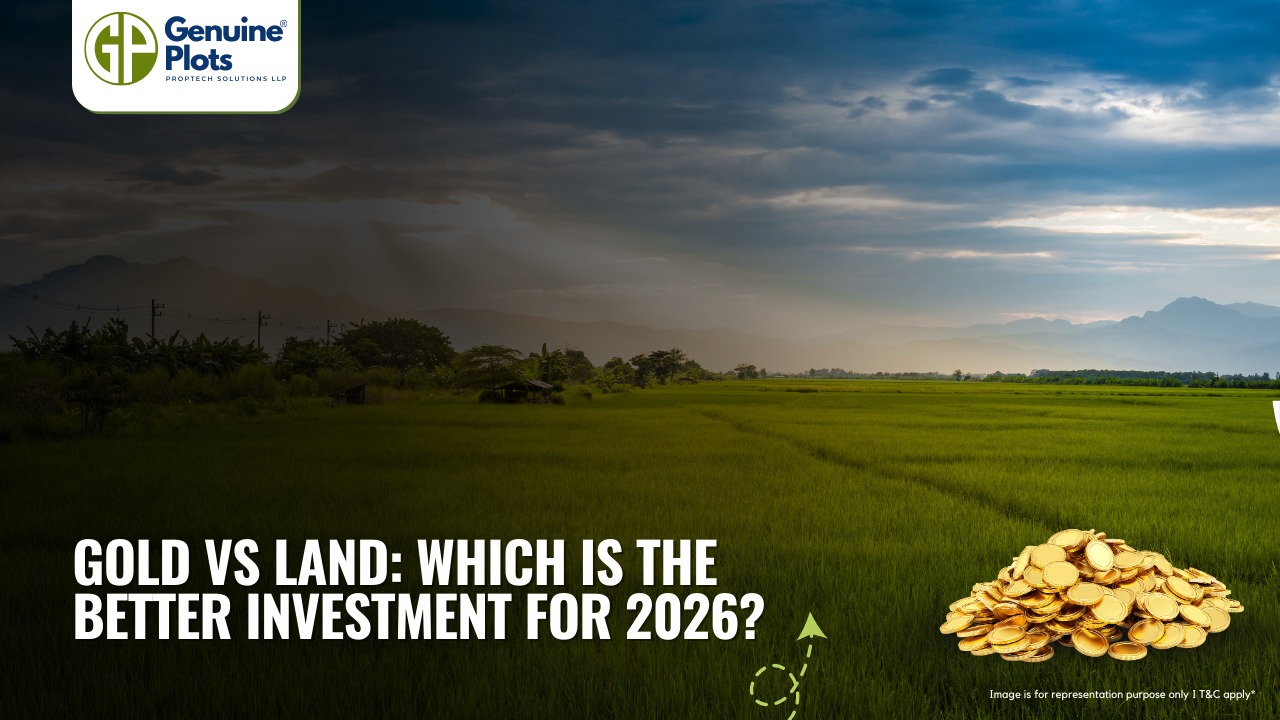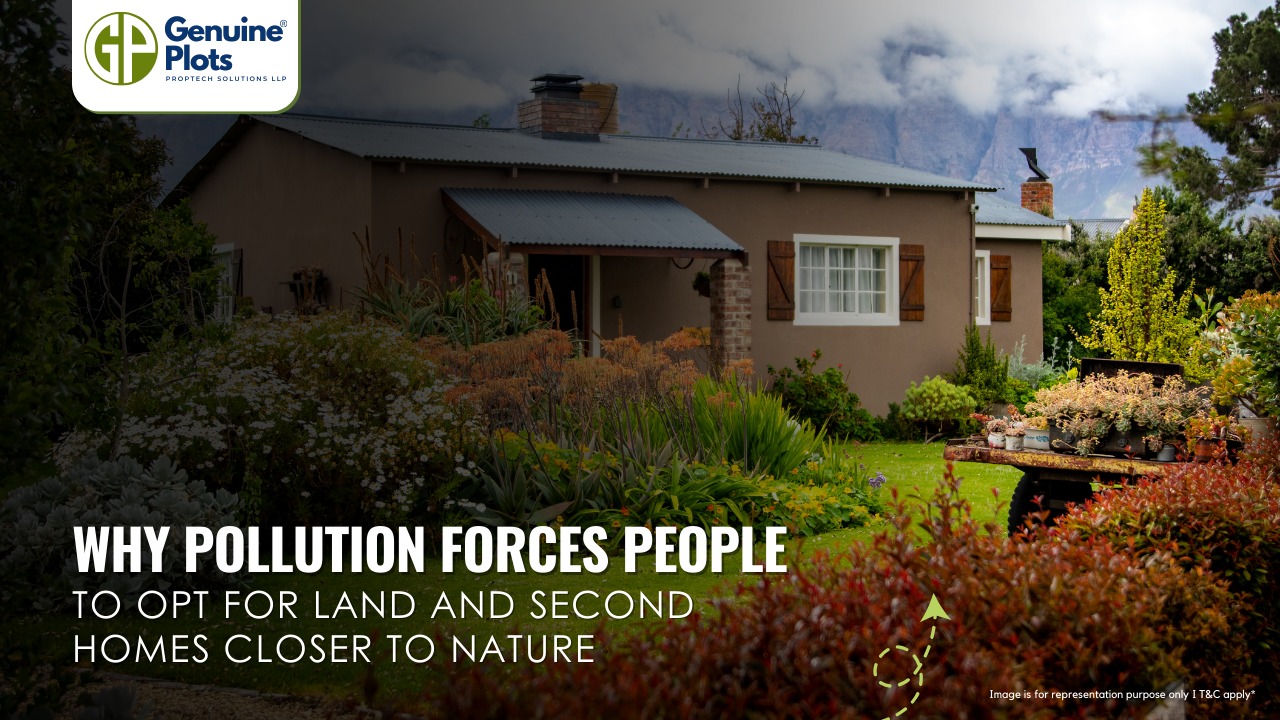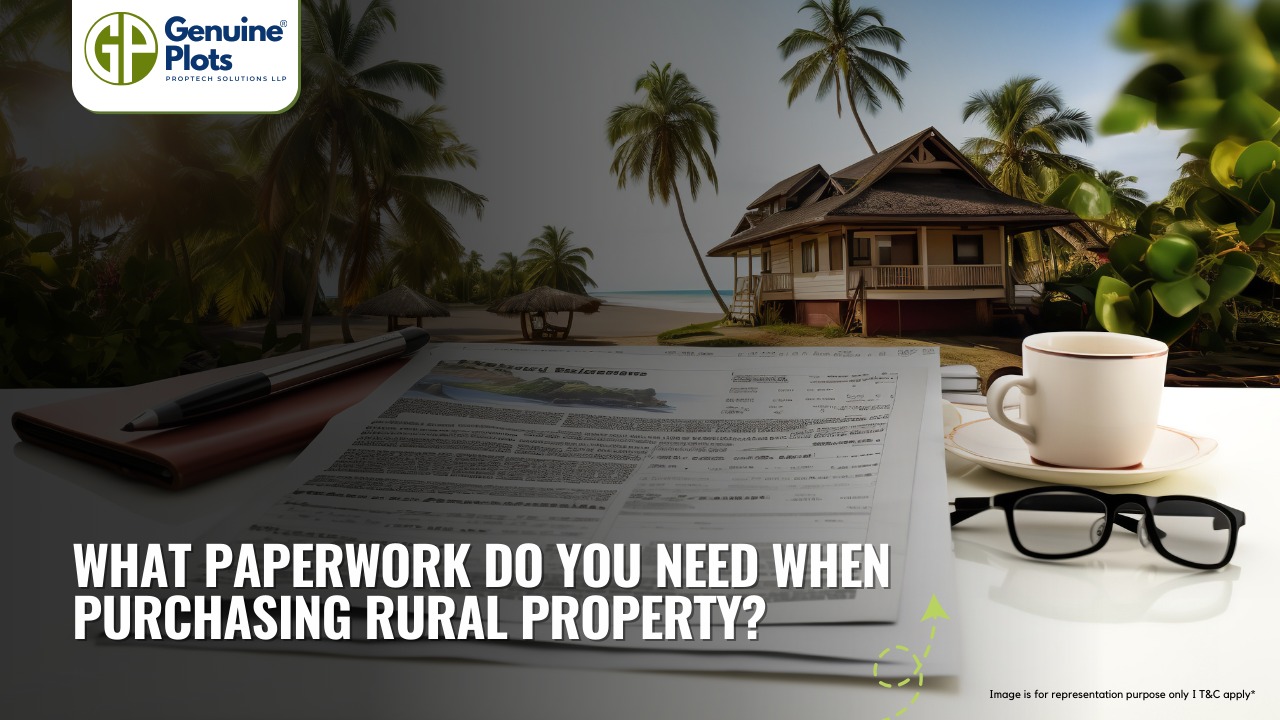Prev Post
Bhor: Where Nature, Connectivity, and Business Converge for InvestmentCommercial properties come in various types to meet the diverse needs of businesses and organizations. Let's explore these property types in simple terms:
Office Buildings:
These are common in cities of all sizes.
In big cities, they can be tall skyscrapers.
Offices can be in one big building or shared by many companies.
There are different grades:
Grade A: The best, at prime locations with high rents.
Grade B: Slightly older, fewer facilities, more affordable.
Grade C: Oldest, few facilities, lowest rents.
Industrial Properties:
Usually outside cities and larger in size.
Can be factories, warehouses, or research facilities.
Often owned by the occupier but sometimes rented out.
Sometimes need special permits for business activities.
Retail Properties:
Found in cities and suburbs in various forms.
Can be malls, shops, or even small stalls.
Formal types have safety features, informal ones may not.
Can be single or shared by multiple tenants.
Residential Properties for Commercial Use:
Sometimes apartments or houses are used for business, like serviced apartments.
Condos or condominiums fall into this category.
Popular with multinational companies and expats.
Managed by professional companies, taking a commission from owners.
Hospitality Properties:
Includes hotels, resorts, and motels.
They are for travelers looking for short stays.
Can be part of a big hotel chain or individually owned.
Boutique hotels are unique and offer various services for guests.
Specialty Properties:
These are unique properties not fitting in the above categories.
Examples include amusement parks, bowling alleys, and skating rinks.
These properties provide entertainment and leisure options.
Commercial properties are essential for businesses to operate and serve various purposes. Each type serves different needs and offers different features, catering to the diverse requirements of companies and organizations.







